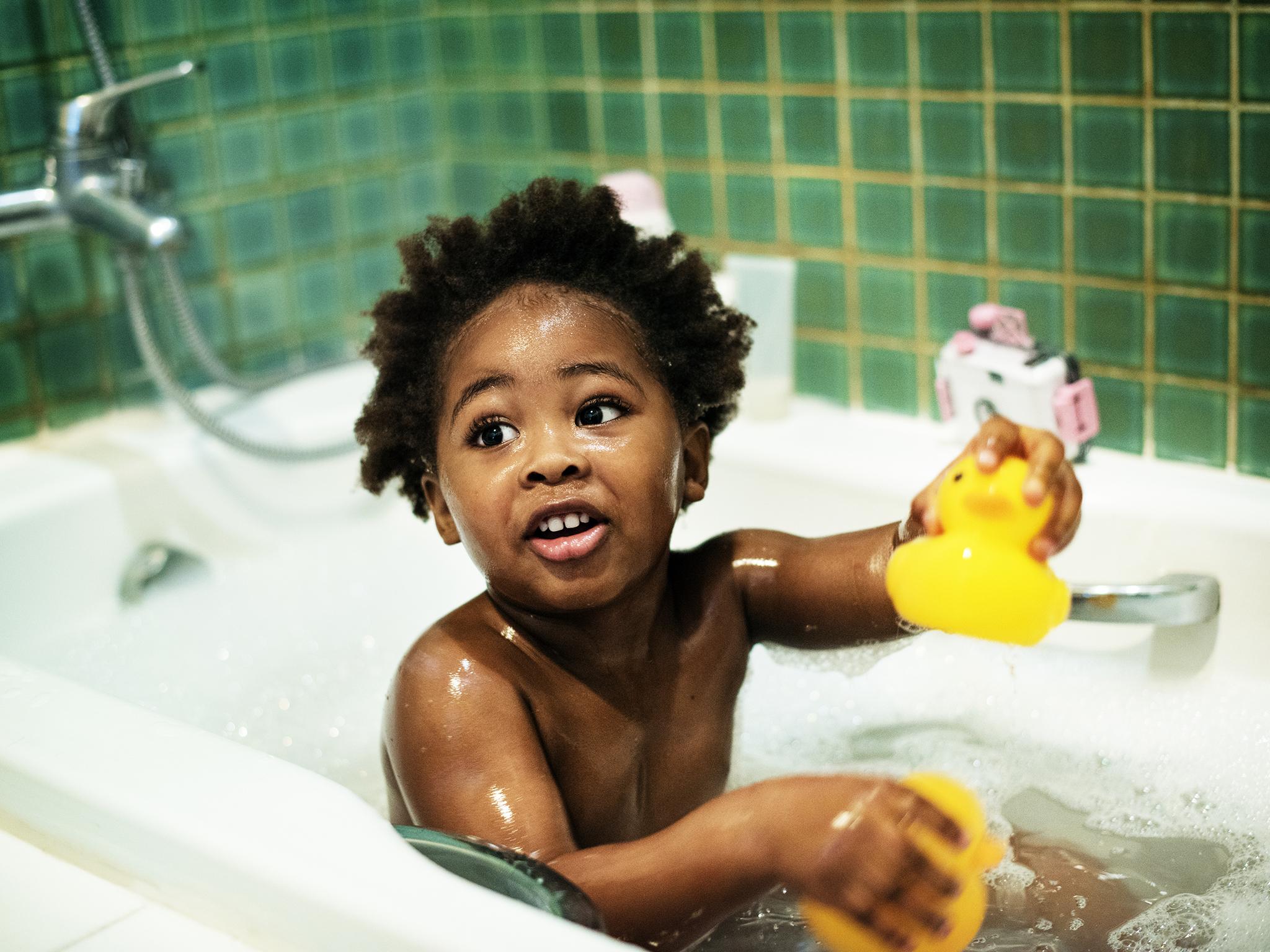Rubber ducks may harvest bacteria potentially causing eye, ear and stomach infections, says study
Four out of every five ducks tested included Legionella

Your support helps us to tell the story
From reproductive rights to climate change to Big Tech, The Independent is on the ground when the story is developing. Whether it's investigating the financials of Elon Musk's pro-Trump PAC or producing our latest documentary, 'The A Word', which shines a light on the American women fighting for reproductive rights, we know how important it is to parse out the facts from the messaging.
At such a critical moment in US history, we need reporters on the ground. Your donation allows us to keep sending journalists to speak to both sides of the story.
The Independent is trusted by Americans across the entire political spectrum. And unlike many other quality news outlets, we choose not to lock Americans out of our reporting and analysis with paywalls. We believe quality journalism should be available to everyone, paid for by those who can afford it.
Your support makes all the difference.There’s an ugly truth about the rubber duck, the popular bathroom toy that children put in their mouths and use to squeeze bath water into their siblings’ faces.
Something yucky is likely to be inside, scientists say, “potentially pathogenic bacteria” that can cause eye, ear and stomach infections.
A study by American and Swiss researchers found that toy ducks appeared to be a breeding ground for microbes. The murky water released from four out of every five ducks tested included Legionella, along with Pseudomonas aeruginosa bacteria, often associated with infections acquired in hospitals, the authors of the study said.
The report, conducted by the Swiss Federal Institute of Aquatic Science and Technology, ETH Zurich and the University of Illinois, was published on Tuesday in the journal NPJ Biofilms and Microbiomes.
The researchers tested a range of bath toys, 19 different ones and found 75 million cells of bacteria per square centimetre in the ducks – a strikingly high level that scientists say was a result of their polymer material releasing carbon, which acts as a nutrient for bacteria.
“In addition to the nutrient supply, dirty bath water also serves as a further source of microbial seeding for the bath toys,” the researchers noted. They suggested that using a higher-quality polymer to make the rubber ducks might prevent bacterial and fungal growth.
The rubber ducks are not the only household item found to be a haven for bacteria. Last year, a study in Germany found that kitchen sponges were a hotbed for germs. More than 350 different species of bacteria were found in 14 dirty kitchen sponges taken from private households.
“That’s the same density of bacteria you can find in human stool samples,” said Markus Egert, a microbiologist at Furtwangen University in Germany.
Another item that harbours a lot of bacteria is one that we tend to keep the closest – the mobile phone. While research has varied on the number of germs found on the average mobile, Charles Gerba, a microbiologist at the University of Arizona, found in 2012 that the average handset carried 10 times more bacteria than most toilet seats.
The New York Times
Join our commenting forum
Join thought-provoking conversations, follow other Independent readers and see their replies
Comments